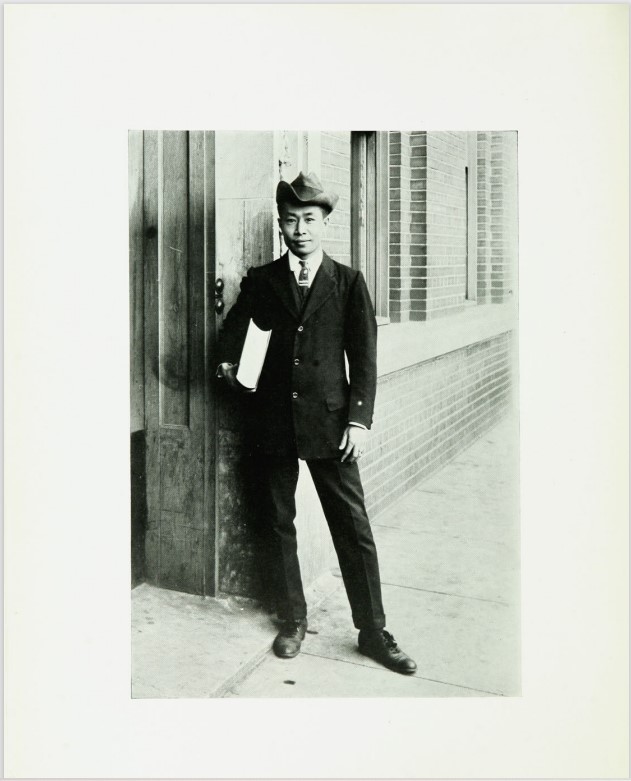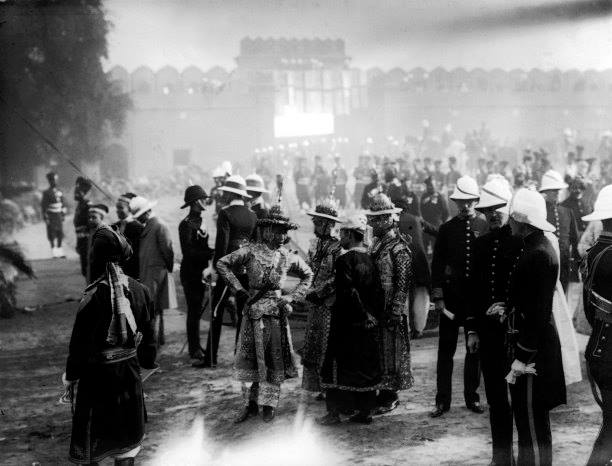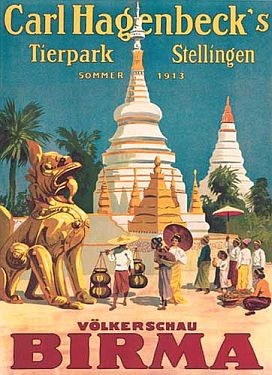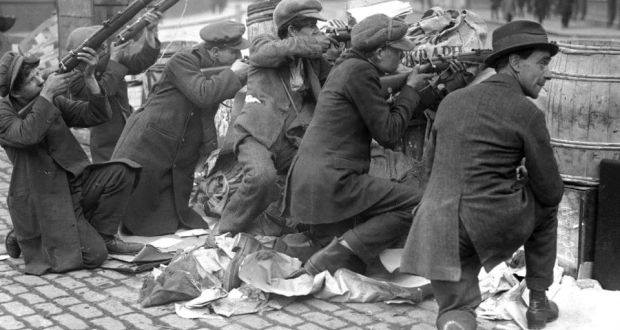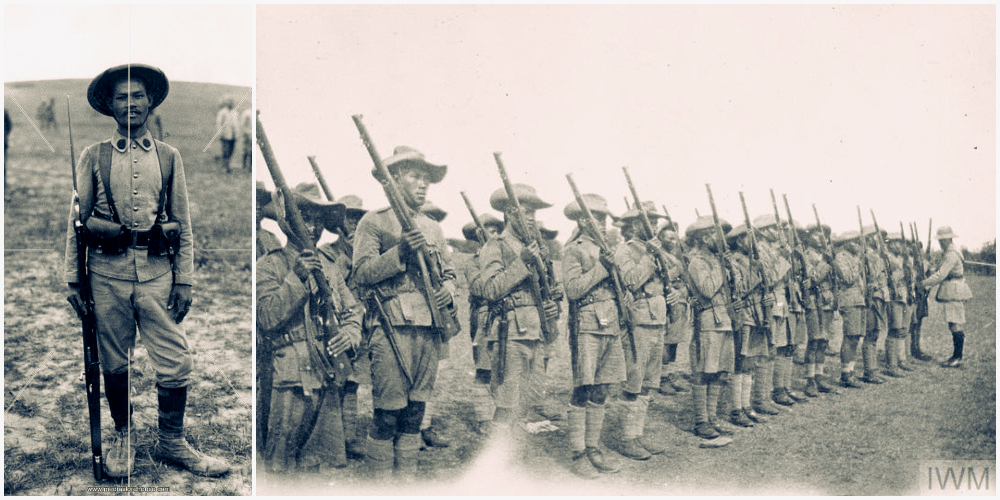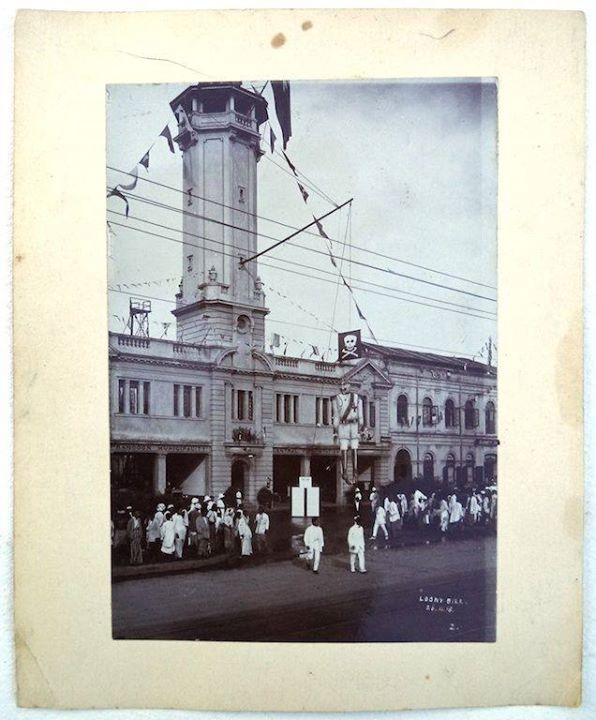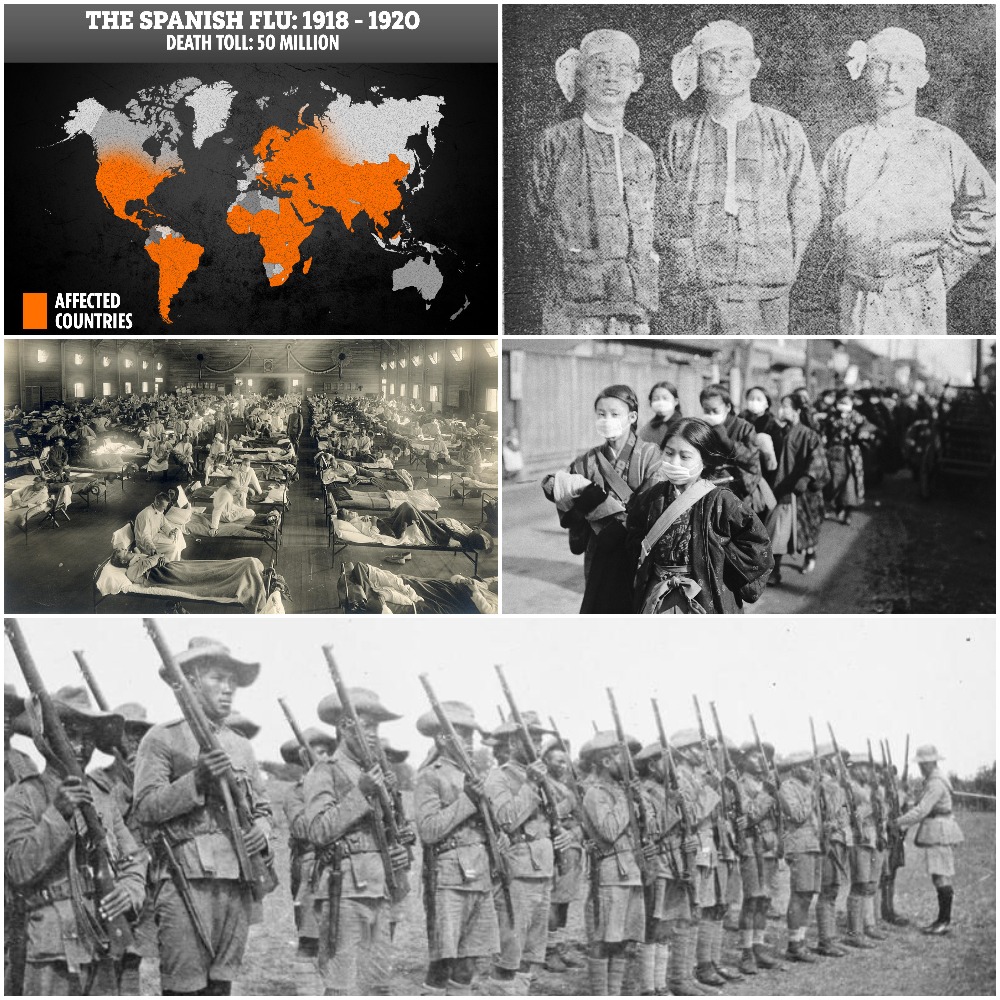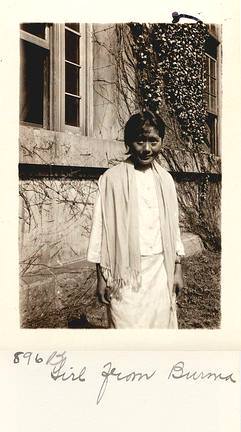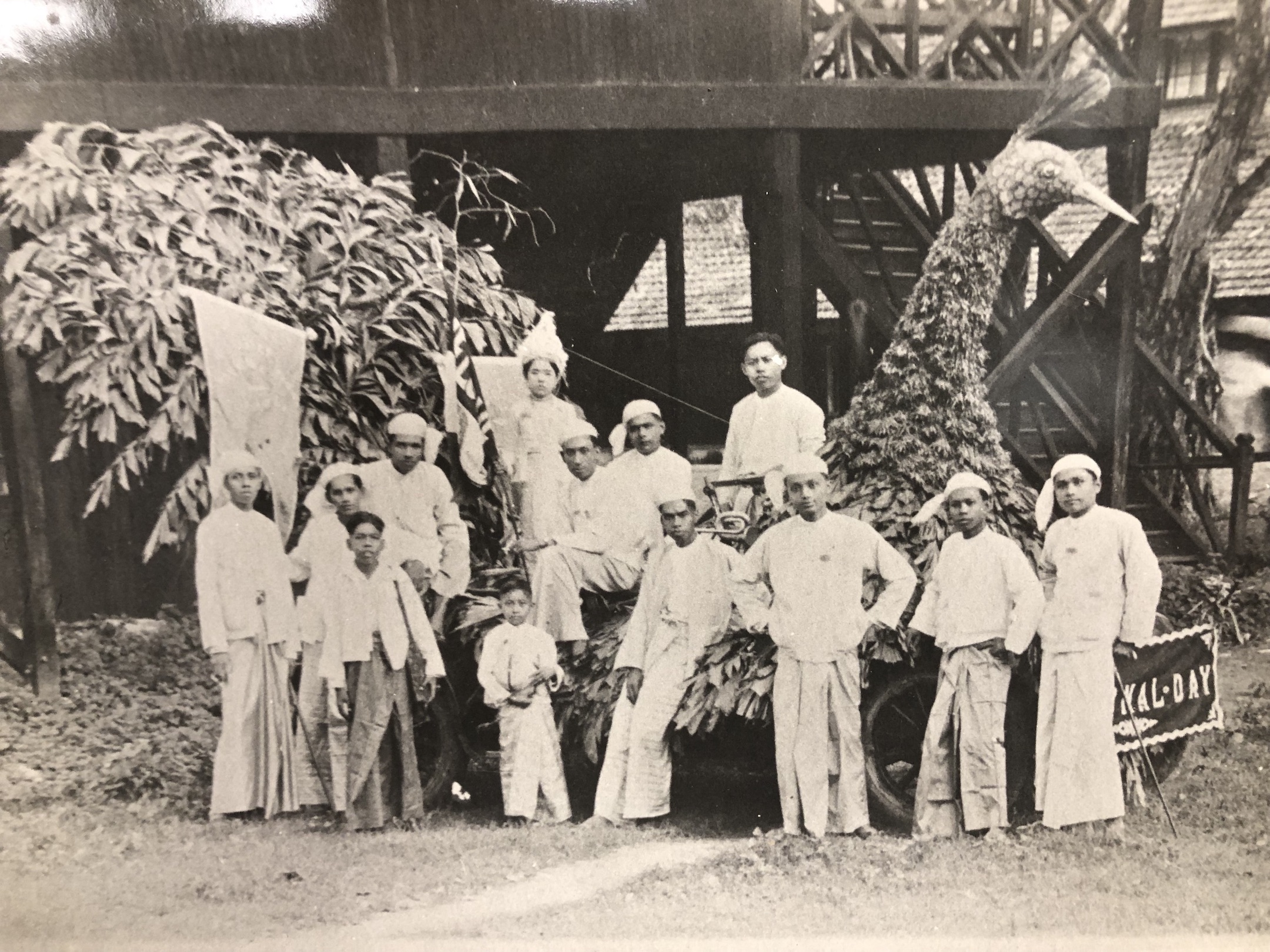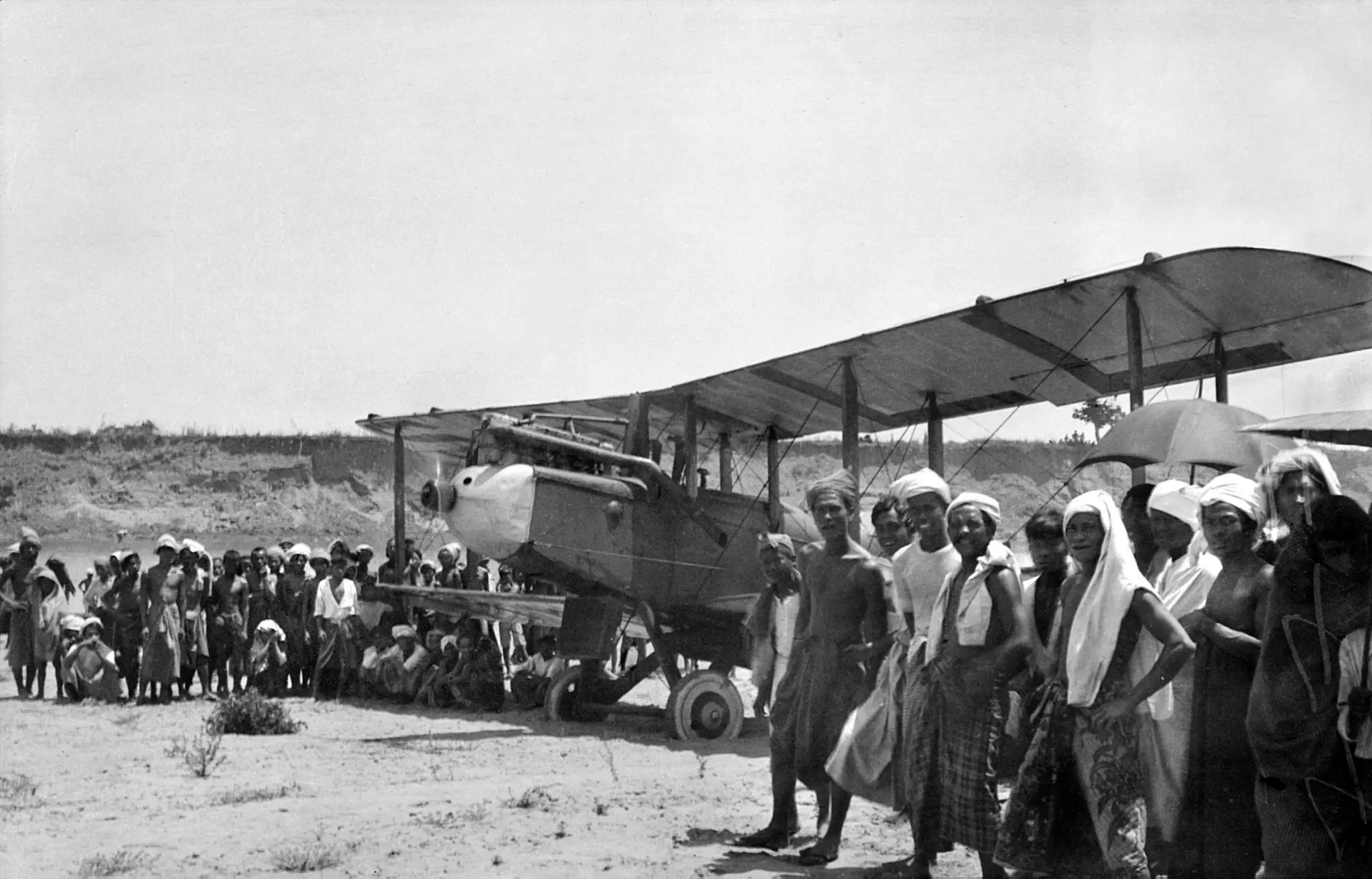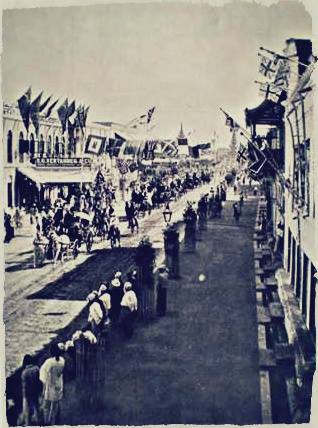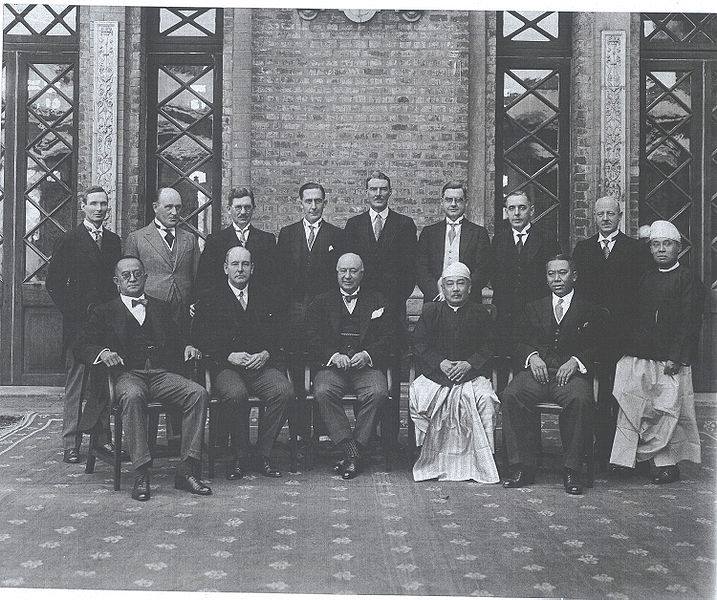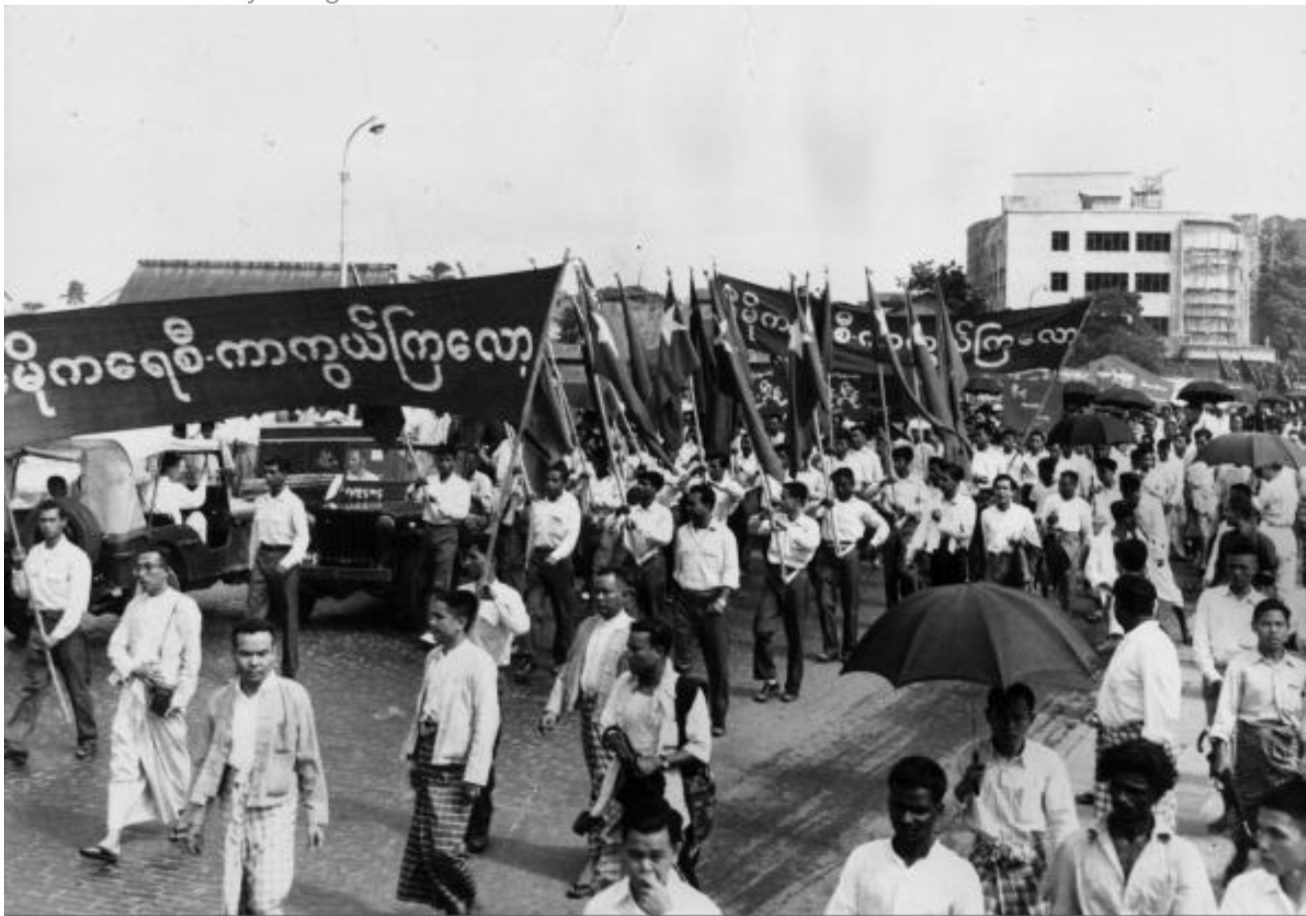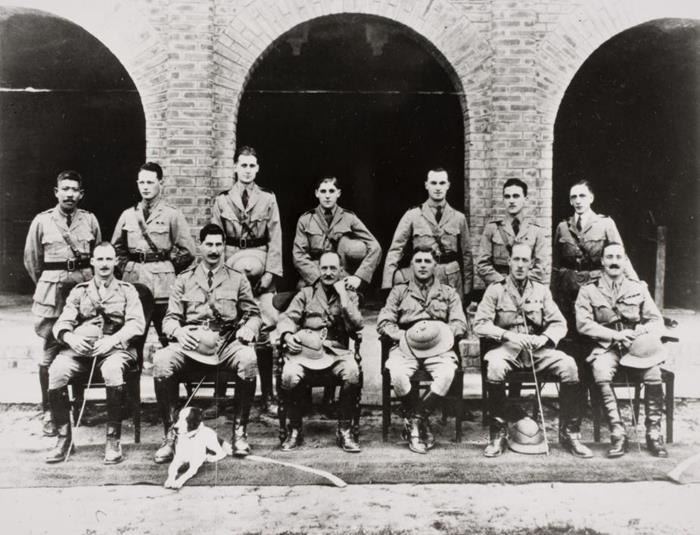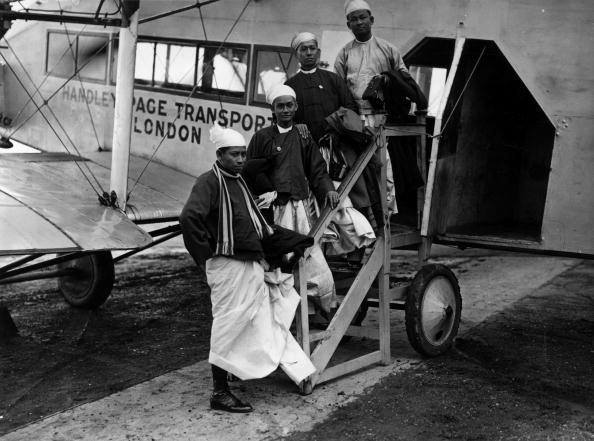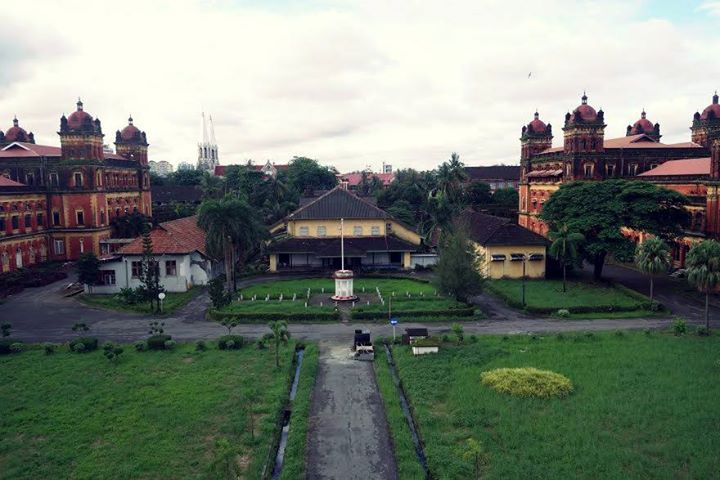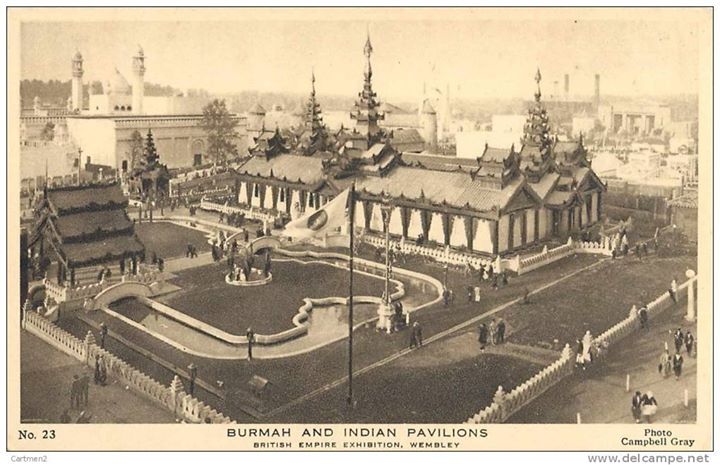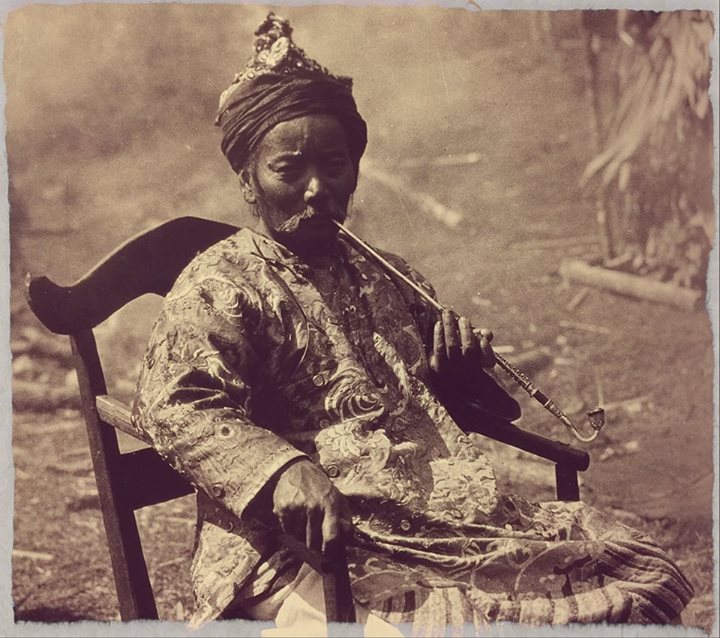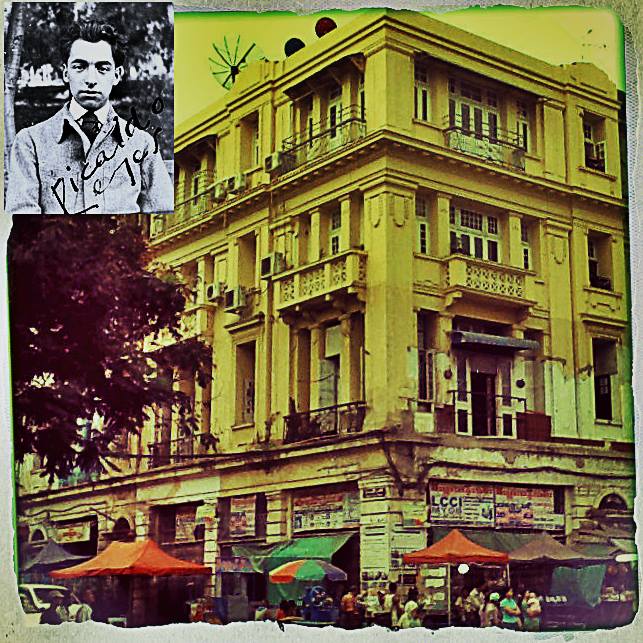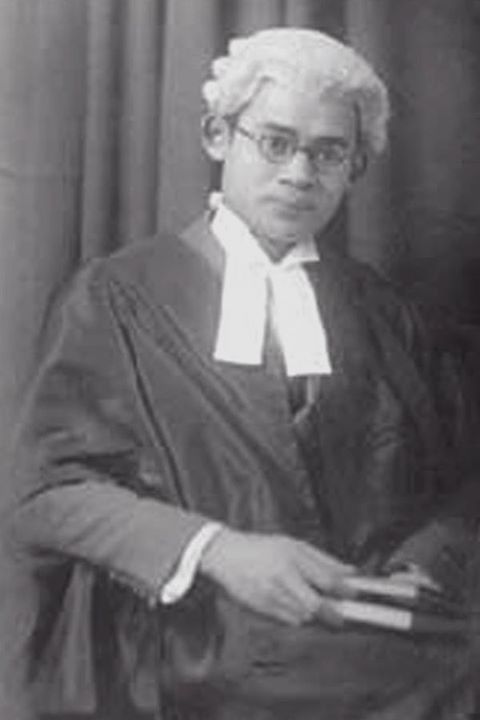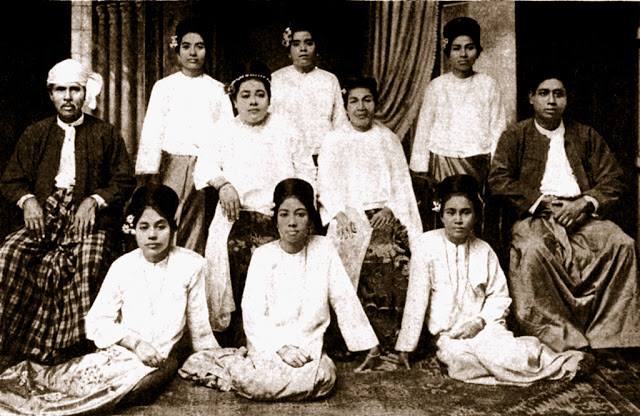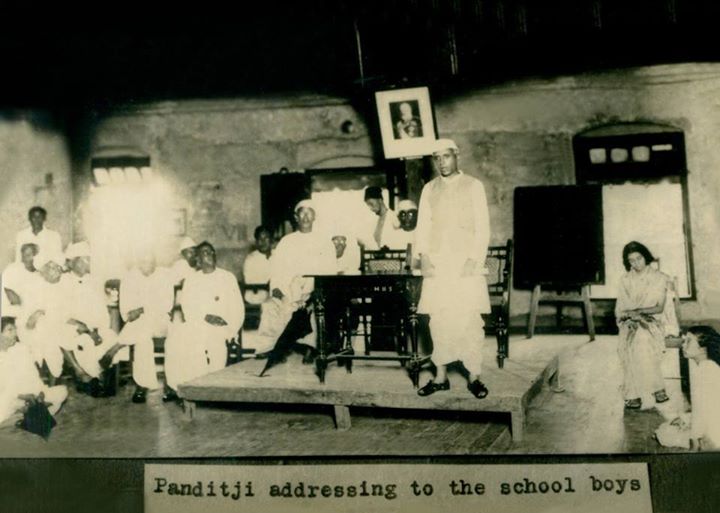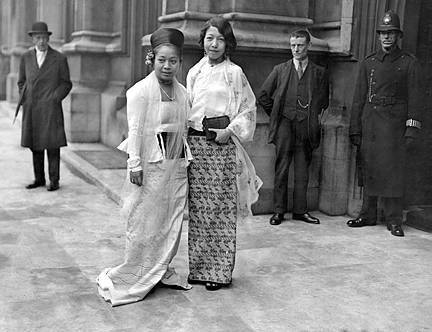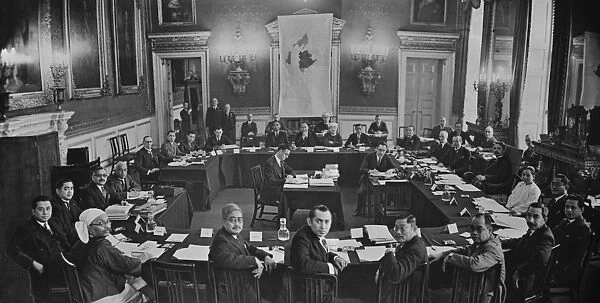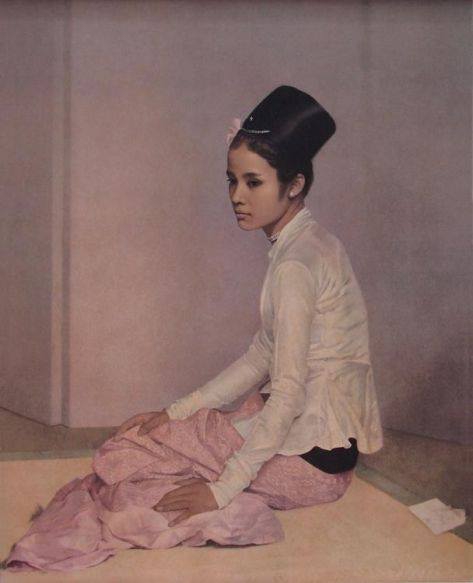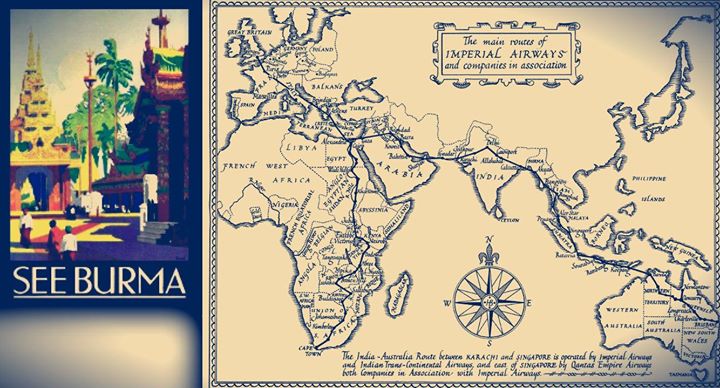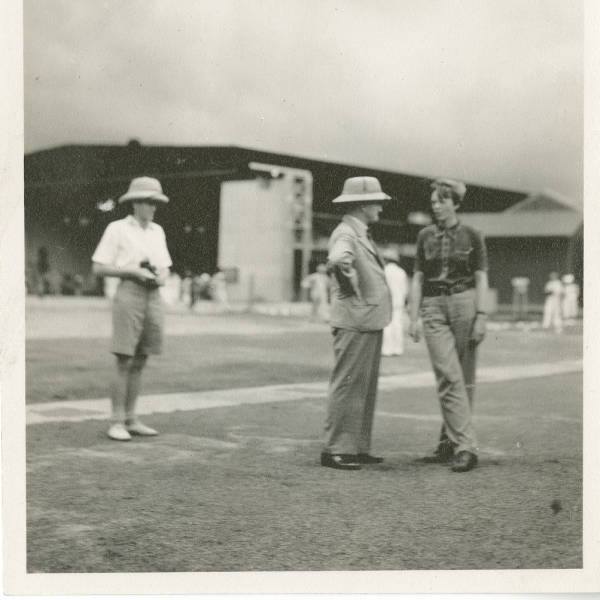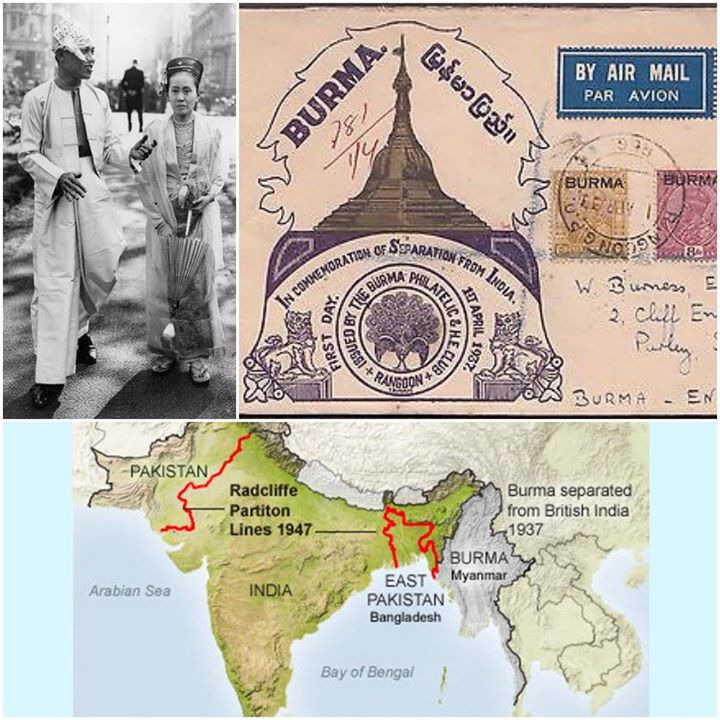British Burma (1826-1942)
For over a hundred years, Britain ruled parts of what is today Myanmar, shaping every aspect of the country’s politics, economy and society.
Far from being a static period of stability, British Burma was marked by change and upheaval. As it had done in India, the colonial power uprooted the ruling dynasty: the last Mughal emperor of India was secretly buried in Rangoon, while the descendants of Burma’s last king ended up living in penury in a slum in Kolkata, India.
It was a time of searching for new identities and political systems, with various forms of resistance to British rule from the armed uprisings during the early “pacification” of Upper Burma to the heated politics and protests of the decades prior to World War Two. The political landscape was peopled by British-educated Burmese politicians and home-grown activists inspired by Ireland’s Easter Rising of 1916. The first-ever election was held in 1922 and, a decade later, it was decided at the Burma Roundtable Conference in London that Burma would separate from British India – perhaps the single most important decision in Myanmar’s 20th-century history.
Through the empire and technological advancements in transport, Burma became connected with the rest of the world like never before: thousands of Chins, Kachins, Burmans and Karens served in World War One and Rangoon was a key stop on the world’s first long-haul commercial flights. Until the Great Depression struck, business boomed with big profits from exporting rice, teak and oil – at one time the Burmah Oil Company was one of the biggest multinational companies in the world.
In 1927, The Chilean poet Pablo Neruda lived in Rangoon and later encapsulated these heady times in a poem describing the capital of British Burma as “a city of blood, dreams and gold
The First Burmese Student at Emory University
Kyaw Nyun was the first Burmese student at the Atlanta College of Physicians and Surgeons which later became the medical school of Emory University, Georgia, USA. He arrived penniless in New York City in 1910, having been a “Head Master and Instructor of English at a school in Rangoon.” Apparently, all his money had been taken by a swindler (a so-called “crawling viper of humanity”) on the boat over from Burma. Somehow, Kyaw Nyun made his way to Atlanta and...
Read MoreShan Chiefs at 1911 Delhi Durbar
This photograph shows a group of Shan chiefs and other notables were at the Delhi Coronation Durbar of King George V and Queen Mary as the Emperor and Empress of India. The Durbar was one of the grandest spectacles ever of its kind anywhere in the world and was attended by every ruling prince and nobleman in India. Those who came from Burma included the saophas of Yawnghwe, Hsenwi, Kengtung, and Tawngpeng, as well as senior officials (such Deputy Commissioner...
Read MoreBurmese at German Zoo
In 1913 around fifty Burmese men and women, including a Buddhist monk, were exhibited at the Hagenbeck Zoo near Berlin. The 1910s were a time when many humans were exhibited in zoos around Europe. Carl Hagenbeck was a pioneer in this field. After exhibiting exotic animals with his father for many years, he founded the Hagenbeck Zoo in 1907. It was the first zoo were animals not caged and instead were shown in a "natural" surrounding, with deep ditches to...
Read MoreEaster Rising
The "Easter Rising" captured the imagination of colonial peoples around the world, including in Rangoon. The armed uprising against British rule in Irelands began on 24 April 1916 and lated through Easter week. Though the uprising failed, the Easter Rising in Dublinin 1916 had a profound effect on the whole of the British Empire, not least on Burma, then a province of India. The year 1916 was a turning point in Burma's history. King Thibaw died that year, sealing the...
Read MoreBurmese who fought in World War One
The role of Burmese people in the World War one is almost entirely forgotten. In fact, thousands of Burmese volunteered to serve in Mesopotamia as drivers, sappers, and miners, and part of the labour corps. Chin volunteers served as part of the labour corps on the Western Front (in France). The 70th Burma Rifles and the 85th Burman Rifles were raised in 1917-1918 and saw action against the Ottoman Empire in both Mesopotamia and Palestine. These regiments were comprised...
Read MoreDemonstration against Imperial Germany
In 1918, a demonstration was held in Rangoon against Imperial Germany in front of the Central Fire Station on Sule Pagoda Road, with an over-sized effigy of Kaiser Wilhelm hung from the station tower (visible in this photograph, just beneath the pirate flag). This was probably in the months just before Kaiser Wilhelm's abdication in November that year. A regiment of Burma Rifles, several companies of sappers and miners, mechanical transport companies, and labour corps from Burma served during WW1...
Read MoreThe 1918-20 Spanish Influenza in Burma
In the later years of the 1910s, Burma was in a period of intense political change and debate. World War One ended in 1918 and later that year and the British government promised limited self-rule to India. Though Burma was then a province of British India, London had decided to exclude it from the coming constitutional reforms. The Burmese were incensed. By 1920 a new nationalist movement was growing in strength, inspired in part by the Indian National Congress under...
Read MoreKaren lady at Ellis Island
The photograph shows "Miss Say Paw", a young Karen woman at Ellis Island c. 1918. She was briefly detained by immigration officials at Ellis Island (New York) before traveling on to Detroit, Michigan, where she attended high school for four years, before returning to teach in Burma.
Read MorePantanaw National Day 1929
16 November 1920 was Burma's first "National Day". It marked the student boycott of 1920 against the Rangoon University Act of that year. The Rangoon University Act was intended to establish a very exclusive Cambridge/Oxford style residential university in Rangoon. Student demonstrations against the Act were also more generally a protest against the colonial education policies. The protests led to the establishment of a "National College" (which did not last) and "National Schools". This was, at a time of fast-rising...
Read MoreMyanmar’s film industry
Myanmar has one of the oldest film industries in all of Asia, dating back over one hundred years. The very first film was the rousing 1920 documentary of the funeral of U Tun Shein (the nationalist lawyer and leader of Young Men's Buddhist Association), filmed by U Ohn Maung. In the years that followed, cinema would play a critical role in the awakening of Burmese nationalism. U Ohn Maung went on to direct the country's first feature film, Love and...
Read MoreWhen the first single-engine plane crash landed near Sandoway
In early 1920, Australians John McIntosh and Ray Parer piloted the first single-engine plane to ever fly from London (Hounslow Heath) to Darwin, Australia. The first photograph shows the plane after an emergency landing between Akyab and Rangoon, where local residents had to clear vegetation to create a makeshift runway along the river bank so the plane could take off again. The second photograph shows the plane after it crash-landed at Moulmein, narrowly avoiding the welcoming crowd. The pilots spent six...
Read MoreThe Prince of Wales in Mandalay
This photograph shows a royal procession down 26th Street (B Road) Mandalay in January 1922. The Prince of Wales (future King Edward VIII) was then visiting together with his cousin Lord Louis Mountbatten as part of their tour of India and Burma.
Read MoreBurma's First Ever General Elections
In November 1922, Burma held its first ever general elections. On 21 November 1922, elections to the new Legislative Council were held across "Ministerial Burma" (approximately the same as today's Regions plus Rakhine State). Out of 103 seats, 21 were directly appointed by the Governor and 24 were "reserved" for minorities (Karens, Indians, Europeans and Anglo-Indians/Burmans) and for business groups. The rest were elected in "general" constituencies. The main political organization of the time, the General Council of Burmese Associations...
Read MoreMyanmar Elections since 1922
Myanmar has had seventeen general elections in its history. The first was held in November 1922 when Burma was part of British India. The elections took place under the so-called “dyarchy” constitution which came into effect the following year and which gave Burma and other Indian provinces a very limited degree of self-government. No party won a majority in the 1922 elections. The nationalist 21 Party of U Ba Pe emerged as the largest party, beating the Progressive Party....
Read MoreWorld-renowned people who lived in Myanmar
In November 1922, 19-year-old Eric Blair (later better known by his pen name George Orwell) arrived in Mandalay for training at the Burma Provincial Police Training School. He lived and worked in Burma for nearly five years and was posted to the Ayeyarwaddy Delta (Myaungmya and Twante), Rangoon (Insein and Thanlyin), Mawlamyaing and Katha. He would grow to hate British imperialism and later wrote one of the most incisive books ever written on colonial life, Burmese Days. Others who lived...
Read MoreEarly Burmese Business Delegation
This photograph shows a Burmese business delegation in London, boarding a Handley Page W8 biplane airliner of the British Home Air Service for a flight to Birmingham, 1 August 1923. This was at the very start of the period of "dyarchy" government, when Burma was still a province of India, but when it also began to take some very small moves towards representative government, with its first elections (1922), first legislature (in the old Secretariat), and first Burmese ministers. Business...
Read MoreThe birthplace of Myanmar democracy
This building inside the Secretariat complex is one of the most important historic buildings in Myanmar. It was built in 1923 for the new Legislative Council. From 1937-42, during the premierships of Dr Ba Maw, U Saw and U Pu, it served as the House of Representatives. In 1947, it was used for the Constituent Assembly which drafted the country's first democratic constitution. It then became the location of parliament (the Lower House) from 1948-58 and 1960-62. General Aung San,...
Read MoreA little Burma in England: the "British Empire Exhibition" of 1924-25
The "British Empire Exhibition" of 1924-25 was the largest exhibition ever staged anywhere in the world, attracting over 27 million visitors to Wembley (near London). The exhibition covered hundreds of acres and included "Palaces" dedicated to Engineering, the Arts, and Industry, as well as "Pavilions" showcasing the different countries in the empire. Australia, Canada and India had the biggest pavilions, followed by Burma, New Zealand, Malaya, and South Africa. The Burma Pavilion was partly designed by U Tin who later...
Read MoreThe clever Duwa
Duwa Nga Lang La was the (Kachin) Hkahku Chief of the Upper Triangle Area. He was invited to Rangoon in 1925 by the then Governor Sir Harcourt Butler. The Kachin Hills were at the time only under indirect British-Indian administration, after having put up a fierce resistance to the new colonial overlords. In Rangoon, the Duwa asked the British for a motor car as a gift. The British laughed, knowing that a car would be of no use in the...
Read MoreNobel Prize Winning Poet Pablo Neruda's Burmese Love Affair
In 1927, the Chilean poet and future Nobel Laureate Pablo Neruda arrived in Rangoon. Then known by his birth name, Ricardo Reyes, he was 23 and had just been appointed the new Chilean Consul in Burma. It was not a very important job and he was paid very little. He lived for 18 months in an apartment (pictured here) at the corner of Dalhousie and Brooking Streets. During his time in Rangoon, he had a torrid love affair with a...
Read MoreFounder of the Karen National Union Saw Ba U Gyi
This photograph of the founder of the Karen National Union, Saw Ba U Gyi, was taken around the time he was called to the bar by the Middle Temple (in London) in 1929. Future Secretary-General U Thant's first experience at peace negotiations was not in New York at the United Nations but near Insein in Rangoon in 1949, when he travelled across the front lines at the request of U Nu to meet with Saw Ba U Gyi as well...
Read MoreThe Bahai community of Myanmar
Taken in 1930, this photograph shows members of the Mandalay Bahai community. The Bahai are one of Myanmar's smallest and perhaps least known religious minorities. There are an estimated 80,000 Bahai in Myanmar. Bahai is a world-wide religion of about 5 million people (mainly in Asia, Africa and Latin America) that was founded in the mid-19th century. Bahai faith believes in one God and believes that many founders of world religions - including the Buddha, Moses, Jesus Christ, and Mohammed...
Read MoreRare photograph of Pandit Nehru and daughter Indira Gandhi in Myanmar
This rare photograph of Pandit Nehru and daughter Indira Gandhi at the Akyab (now Sittwe) National High School was probably taken in the mid-1930s. Pandit Nehru was a frequent visitor to Burma over the years. He was a staunch supporter of Burmese independence, and a friend and ally of both General Aung San and U Nu.
Read MoreSaopha of Hsenwi in London
This picture shows Sao Hom Hpa, the Saopha (hereditary ruler) of Hsenwi, Shan State, in London for the Burma Roundtable Confrerence 1931-32. The Burma Roundtable Conference paved the way for Burma's separation from India, the 1935 constitution, and the semi-elected governments of 1937-42. The Saopha of Hsenwi was there in an advisory role to the the saophas of Hsipaw and Yawnghwe. The Burma delegation included about two dozen other prominent political figures, including U Chit Hlaing, U Tun Aung Gyaw, U...
Read MoreBurmese women win the right to be represented at the London conference on their country's future
Miss May Oung (Daw Mya Sein) attended the 1931-32 Burma Round Table Conference in London. The Governor Sir Charles Innes had first selected 20 delegates from Burma - all men. Then, under pressure from various women organizations and others, and following a mass rally of Burmese women in Rangoon, he agreed to the inclusion of Miss May Oung. Educated at Rangoon and Oxford, Daw Mya Sein was then 27 years old. She was the daughter of the renowned Arakanese barrister...
Read MoreBurma Roundtable Conference
In November 1931, two dozen delegates from Burma began arriving in London to participate in the historic Burma Roundtable Conference that would determine the country's constitutional future. U Chit Hlaing, Miss May Oung (Daw Mya Sein), Tharawaddy U Pu, U Ba Pe, the Saopha of Yawnghwe, U Maung Gyee, and Saw Sydney Loo-Nee were amongst those who participated. On 13 January 1932, Burmese delegates arrived at St James's Palace for the final session of the Burma Roundtable Conference in London....
Read MoreShan Princess in London
In 1932, Princess Sao Ohn Nyunt spent several weeks in London, accompanying her cousin and brother-in-law the Saopha (hereditary ruler) of Hsipaw, who was attending the Burma Roundtable Conference. At a reception she met the British portrait painter Gerald Kelly (1879-1972) who persuaded her to sit for a series of portraits. Sao Ohn Nyunt was the granddaughter of the Saopha of Hsipaw. She later married the son of the Saopha of Kyaington.
Read MoreLondon-Rangoon direct on Imperial Airways 1935
During the first couple of decades of commercial aviation, flying from England to Australia always meant stopping in Rangoon. Imperial Airways was the British government's "chosen instrument to connect Britain with its extensive overseas interests" and, in 1934, the commercial airline established what was then the world's longest air route from Croydon in South London, UK, to Brisbane, Australia. Shown here are the main routes flown by Imperial Airways and a tourism poster produced b y Indiann State Railways and...
Read MoreFamed aviator Amelia Earhart in Rangoon
On 19 June 1937, famed aviator Amelia Earhart arrived in Rangoon as part of her attempt to circle the world. Two weeks later she disappeared over the South Pacific. The mystery of her final flight has never been solved. She was the first woman to fly solo over the Atlantic, set many aviation records, and was a best-selling author. In this photograph, taken at Mingaladon airfield, she is being interviewed by the editor of the Rangoon Times.
Read MoreBurma was separated from India
Burma's separation from India was arguably the most important single development in the country's 20th-century history. Independence from Britain would almost certainly have taken place one way or another after World War Two but, if Burma had not been separated from India in 1937, the politics around independence in the late 1940s or '50s would have been very different, and would also have been intertwined with questions regarding the creation of Pakistan. The relatively easy partition of 1937 also...
Read More